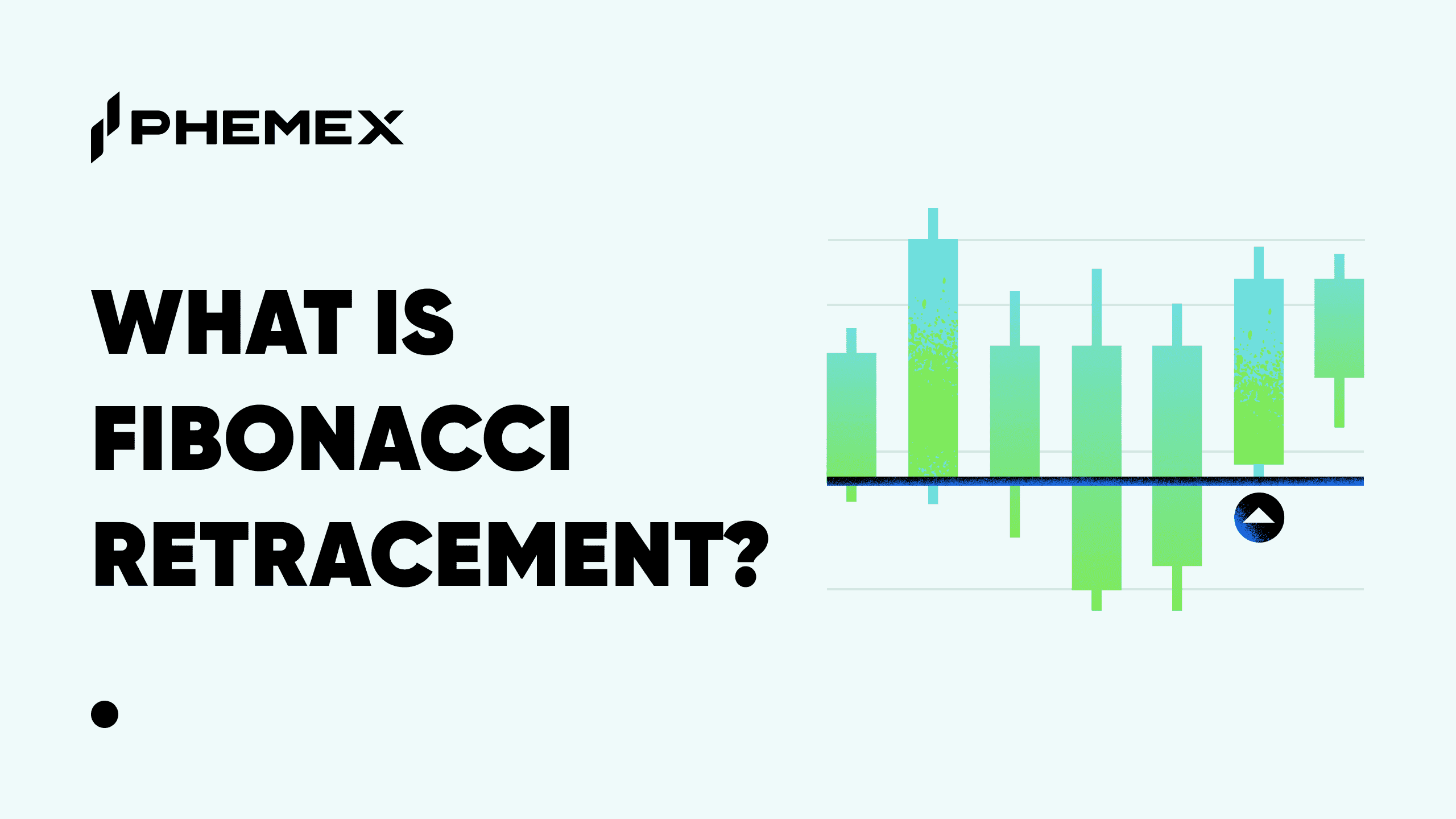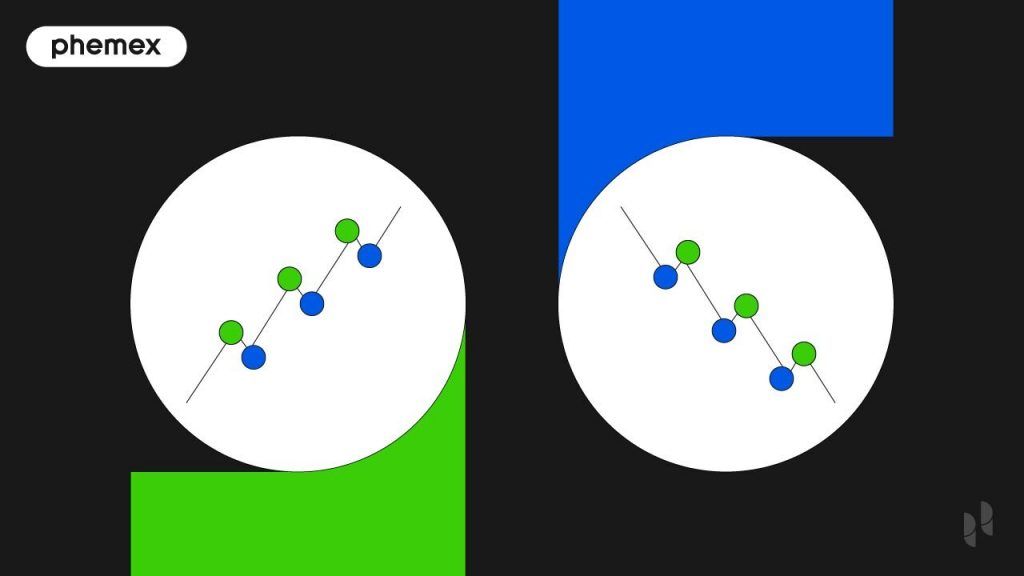Summary
- ATR measures volatility in a market by deconstructing its entire range of asset prices over a certain period.
- The ATR is also used to mark entry and exit points for market orders, helping traders understand how volatile prices can be and where to place their stop losses.

Volatility is a concept that has existed since the dawn of markets. Asset prices are determined by supply and demand, and their moods are quite fickle. Cryptocurrency markets are notoriously volatile, and their large price swings were the source of most of the hype surrounding them in the early 2010s.
Despite analysts studying volatility for decades, it is still a relatively misunderstood concept among all asset classes. Volatility in crypto is no different, sparking the same if not more confusion among traders, investors, and community members alike. Volatility in crypto has always been misconstrued, but this uncertainty is not exclusive to crypto markets, and understanding its nuances can give traders a critical edge.
What is Volatility in Crypto Markets?
Generally, volatility refers to the concept of ‘realized volatility,’ which is a value derived from the changes observed in historical price data. Higher volatility is also commonly correlated with risk, allowing market conditions to affect trades, and investments to rapidly gain or lose value. While this is incredibly useful for day traders and other short-term investors, high volatility is touted as one of the biggest reasons businesses and retail investors stay away from cryptocurrencies.
Currencies with lower volatility are usually more stable, and cryptocurrencies with high liquidity and low volatility are regularly used as base-currencies to enter a market, such as Bitcoin (BTC), Ethereum (ETH), and even stablecoins like Tether (USDT). Despite risk being almost impossible to measure accurately, traders commonly track volatility metrics using various technical indicators.
What is The Average True Range (ATR)?
In his book, ‘New Concepts in Technical Trading Systems,’ published in the late-1970s, J. Welles Wilder Jr. introduced the Average True Range (ATR) technical analysis indicator to help traders measure volatility. ATR measures volatility in a market by deconstructing its entire range of asset prices over a certain period.
The ATR is also used to mark entry and exit points for market orders, helping traders understand how volatile prices can be and where to place their stop losses. While volatility doesn’t directly represent risk, it can help to analyze volatility to estimate the risk involved. However, risk is a much more intangible concept than volatility.
Highly volatile digital assets can shift value drastically faster than you can react. While volatility doesn’t entirely represent how risky an investment is, it’s undoubtedly a major factor to consider before trading or investing in cryptocurrencies. Volatility also plays a crucial role in an investment’s narrative, and this is especially the case for digital assets.
Already, institutional investors are turned off by the idea of cryptocurrencies due to their high perceived risk. In fact, a survey of investors conducted by Fidelity Digital Assets showed volatility was the primary barrier for entry to institutional investment. While some analysts chalk this up to uncertainty, it actually comes down to fundamental investment errors, collating volatility with risk due to psychological barriers rather than professional insight into portfolio management.
How to Calculate The Average True Range (ATR)?
- TR=Max[(H − L),Abs(H − CP),Abs(L − CP)]ATR=(n1)(i=1)∑(n)TRi
- TRi=A particular true range
- n=The time period employed
How to Use The ATR Indicator for Crypto Trading?
In essence, the Average True Range indicator is a moving average of the true ranges for a given time. For any given period, the true range represents the highest among three distinct values: the difference between the high and prior close, the current low minus the prior close value, and the gap between the current high and the current low.
The time is usually set to 14 days, but traders can alter this number to better suit the observed market. The Average True Range only provides signals regarding the market’s volatility, but it doesn’t account for whether the market is going up or down. A higher ATR represents a trending market, while lower values imply the market prices are consolidating.
The ATR was initially created to be used in the commodities market but has since been adapted for use in other sectors to help traders assess market movements and trends. The average true range indicator also allows traders to expand and contract their trading range instead of using a percentage-based trading system.
Traders can also protect their profits by using the ATR to add trailing stop losses and detect reversals as soon as they happen. An upward movement would manifest in the price action moving from the lowest point up to three ATRs, and price movements three ATRs under the highest close can signal a reversal into a downward trend.
While the volatility of cryptocurrency markets may appear to be a barrier to some, it is an attractive proposition to many. Some professional traders have entered the crypto market because of its volatility, allowing for more considerable gains in fewer swings. This brings liquidity to the market, reducing the spread on exchanges and creating a more mature market overall. As more traders start to chase volatility, older investments will begin to stabilize, while newer assets appear much more attractive.
Volatility can be daunting, but it isn’t something that needs to be feared. Some investors profit from cryptocurrencies while entirely avoiding exposure to the asset class through derivatives contracts. However, it’s vital for any investor, whether retail or institutional, to manage risk by not putting all your eggs in one basket, even if the basket of choice is not very volatile.
As more people invest in blockchain, crypto-assets’ volatility won’t just decrease but become a more desirable asset class characteristic. The sudden rise and fall of various assets in a crypto portfolio can bring more stability to recurring gains, averaging returns out over a fixed period. With a diverse array of cryptocurrency investments, volatility becomes much more manageable, and while there are many ways to track volatility, some methods are certainly better than others.
Measuring Volatility
The average true range isn’t always the most suitable indicator for tracking a market’s volatility. For example, the ATR remains at an extreme position for prolonged periods in trending markets, making them unsuitable for detecting sudden changes. Day traders often notice that ATR spikes when markets open, as this is usually the most volatile part of the day. However, this isn’t too relevant in cryptocurrency markets because the blockchain never sleeps.
This means measures of volatility in traditional markets function using fewer data points than digital assets, especially since they aren’t open on weekends. Despite being more erratic, this suggests that volatility in crypto assets is more measurable due to the greater amount of data available. This difference is relatively insignificant in reality, with barely any noticeable change in volatility measurements after removing weekend trading data from calculations.
The ATR also doesn’t account for direction, meaning a signal of high volatility can mean either upward or downward movements. For this reason, the average true range is best used in combination with other indicators that attempt to predict trend direction, such as moving averages or the average directional index (ADX).
Another problem with trading cryptocurrencies is that most governments around the world do not regulate the market. While some consider this an advantage, it significantly reduces the number of potential investors the space could obtain. Volatility in stock markets isn’t as big of a problem, with remarkably liquid markets and solutions like ‘fallback prices’ if the share value dips too low.
According to Nikhil Kamath, co-founder, and director of Zerodha, India’s largest stockbroker, “Higher ATR should signal that the indices have recently witnessed increased volatility and buying around these levels would be prudent.” He also noted that stock market volatility calculations focus more on how much the indices move rather than how volatile the price action is in either direction.
Like most technical indicators, the average true range was not designed for cryptocurrency markets, but that doesn’t mean they’re useless. Especially in the case of low volatility assets like Bitcoin, the oldest and most liquid digital asset with a robust derivatives market, the ATR can be exceptionally helpful. The introduction of derivatives markets has traditionally helped reduce asset volatility, and this is unsurprisingly the case with Bitcoin as well.
It has also been noted that Bitcoin’s volatility moves along with its price, meaning the price becomes less volatile after a dip. This is in stark contrast to how the VIX (CBOE Volatility Index) reacts to price movements on the S&P500, which marks an almost perfectly negative correlation with volatility.
Measuring volatility in crypto is also less effective as there is no standardized basis for valuating digital assets. The blockchain industry is still tiny compared to traditional markets like forex and stocks, but with more institutional investors putting their money where their mouth is, crypto’s market capitalization has been soaring tirelessly for years and faster than anything the world has ever seen before.
Volatility vs Risk
People are naturally risk-averse, and this makes a lot of sense when it comes to finance. However, while high risk can imply losses, it can also lead to higher rewards. Our loss aversion is much greater than the potential losses that could occur, especially in mature markets. Risk and volatility certainly have a bad rep, and this is further cemented by how the S&P500 volatility indicator, VIX, is also described as the ‘fear index.’
Putting volatility and risk in the same bag is not only inaccurate but dangerous. Indicators can measure volatility to a certain extent, but the risk is entirely arbitrary. Unforeseen circumstances can take shape at any time, and no indicator will ever be able to predict those. Further, believing that volatility equates to risk implies less volatile markets have a lower chance of price dipping, but external events can always influence an asset’s value.
The average true range indicator is an essential part of a technical analyst’s toolbox, but recognizing its weaknesses is just as important as knowing where it shines. Without a firm grasp of volatility, the ATR can be abused to the detriment of your portfolio, particularly if used in isolation to mark entry and exit points.
However, the average true range is one of the most renowned technical indicators in trading circles, offering a simple visual chart of an asset’s volatility. Since it is a lagging indicator, the ATR doesn’t provide signals as much as it gives insight, relying on historical data to produce its outputs. Regardless, the ATR and volatility measurement are fundamental components of analyzing any chart and is a gateway to better understanding how markets genuinely function.
Read More
- SMA Trading Strategies for Crypto Trading
- What Is Average Price Indicator: How To Trade Bitcoin With Daily Average Price
- Trading Crypto with The Aroon Indicator
- What is, And How to Trade Crypto With The Moving Average?
- What is TRIX Indicator: The TRIX of the Trade and How to Use Them
- What is TWAP (Time-Weighted Average Price) Trading and What is TWAP Used For?
- What is RSI: How To Trade Bitcoin With The RSI Indicator
- Understanding Trading Volume in Ranges and Trends








